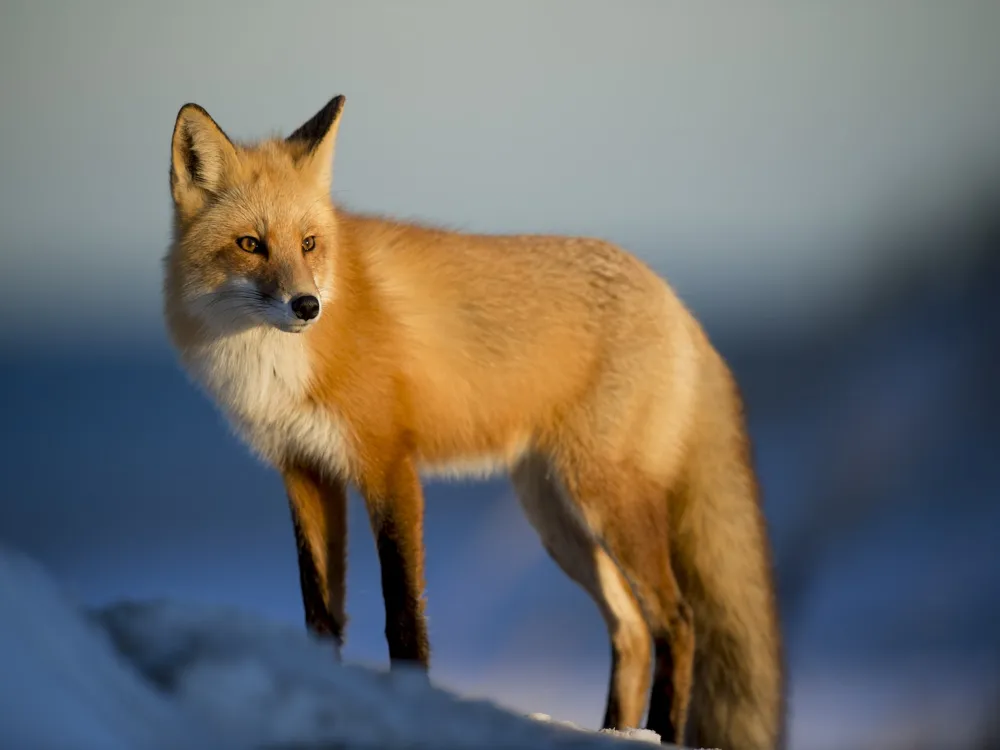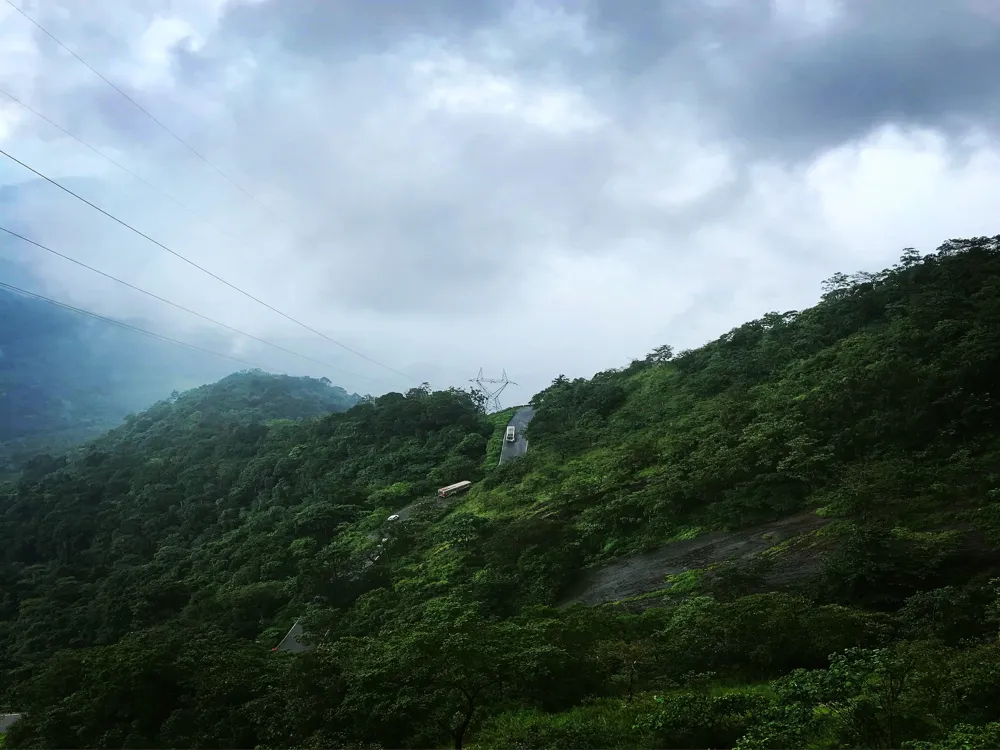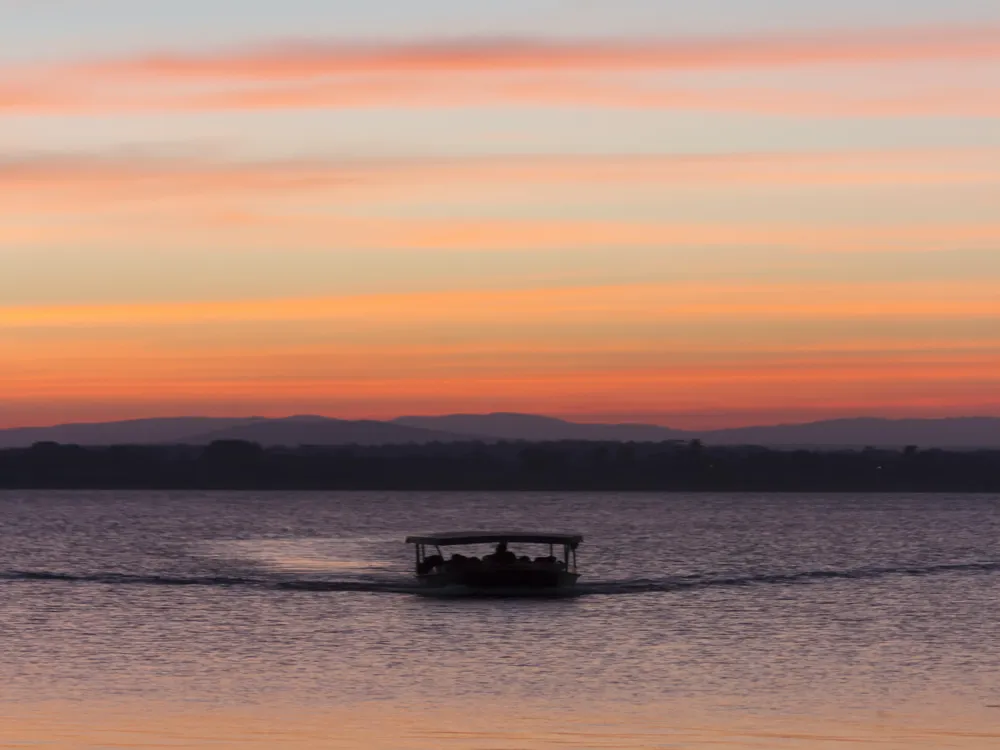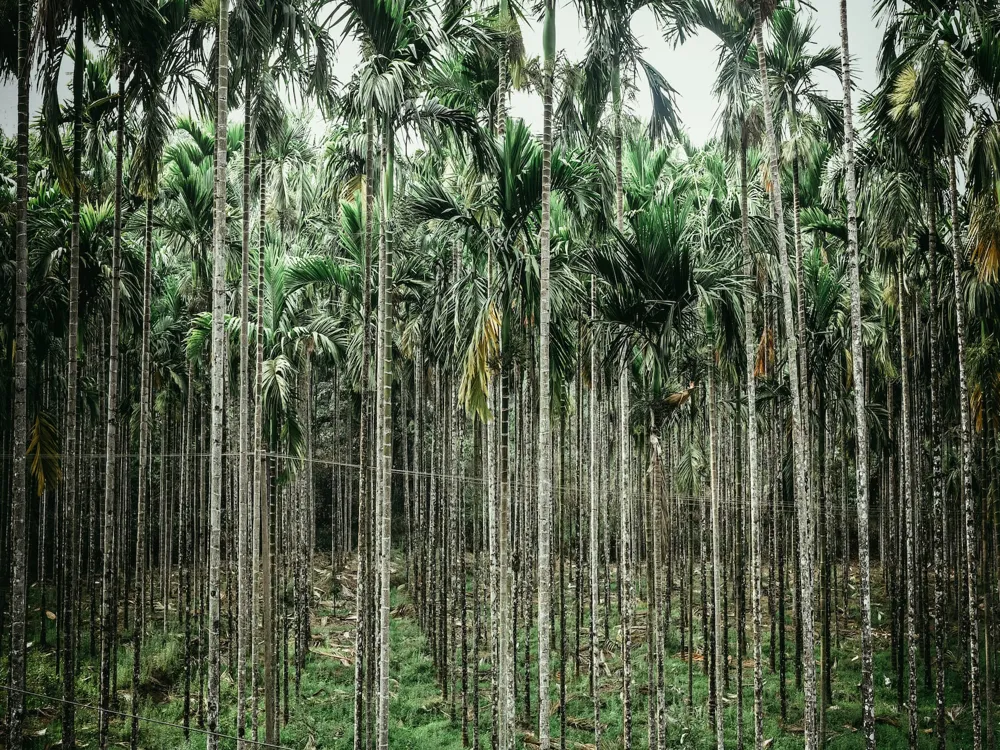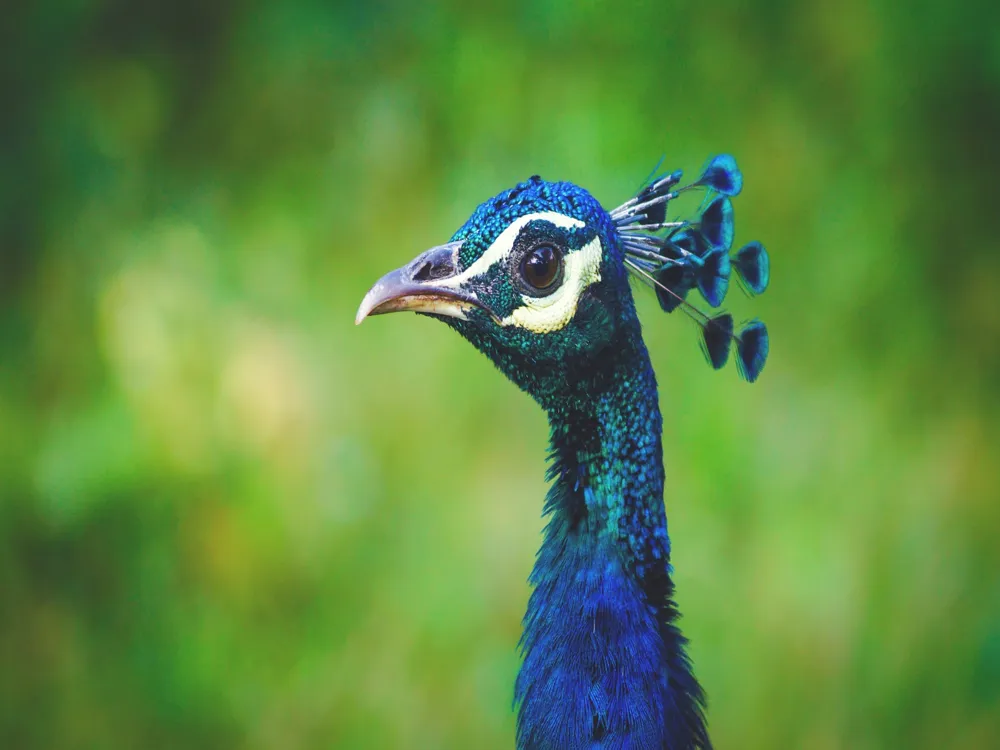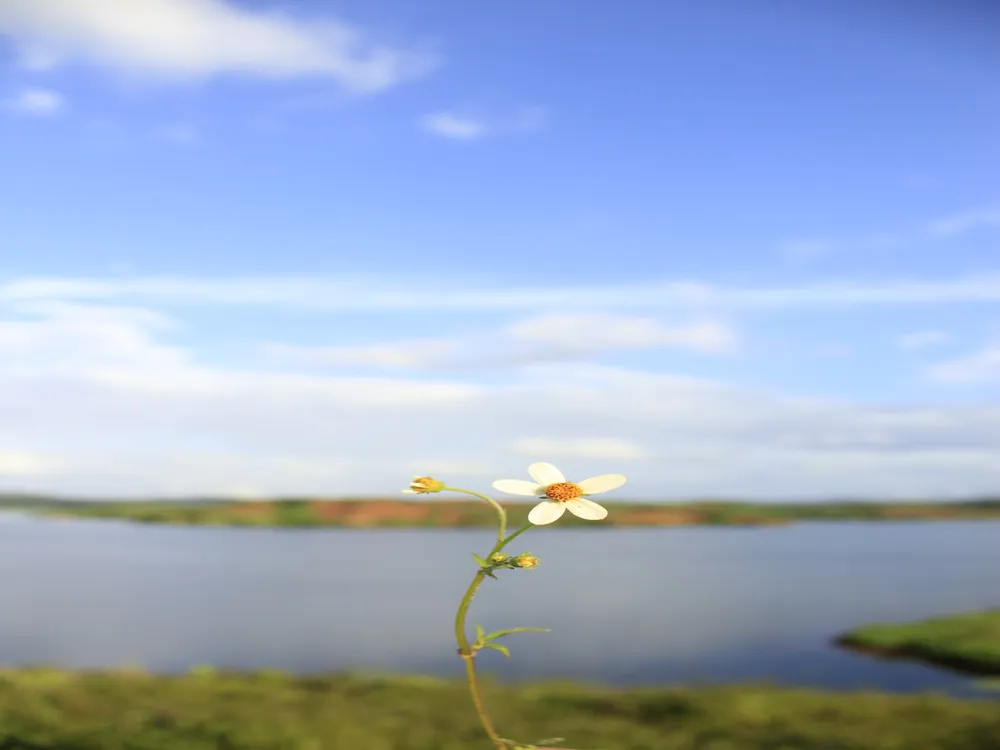Nestled in the lush greenery of the Western Ghats in Karnataka, the Brahmagiri Wildlife Sanctuary is a hidden gem for nature lovers and wildlife enthusiasts. Spread over an area of 181 square kilometers, this sanctuary is part of the larger Nilgiri Biosphere Reserve and stands as a testament to the diverse and rich biodiversity of Southern India. The sanctuary derives its name from the Brahmagiri peak, which is a major attraction within the area. The Brahmagiri Wildlife Sanctuary is home to a wide array of flora and fauna. The dense evergreen and semi-evergreen forests, interspersed with shola grasslands, create a habitat for numerous species of plants and animals. The sanctuary is a haven for many endangered and endemic species. Among the rich wildlife, one can spot elephants, gaurs, leopards, tigers, and several species of deer. The sanctuary is also a birdwatcher's paradise, with numerous species of birds, including the Malabar Trogon, Great Pied Hornbill, and Black Bulbul, gracing the skies and the trees. The varied topography of the sanctuary, with its rolling hills, steep slopes, rivers, and streams, offers an exceptional experience to visitors. The Sanctuary is crisscrossed by several rivers, including the Barapole, Irupu, and Lakshmana Tirtha rivers, which not only nourish the region but also add to its scenic beauty. The numerous waterfalls and cascades, such as the famous Irupu Falls, are a sight to behold, especially during the monsoon when they are in full flow. The rich tribal culture in the vicinity of the Brahmagiri Wildlife Sanctuary adds another layer to its allure. The local tribes, primarily the Kurubas, have a deep connection with the forest and its wildlife. Their traditional knowledge and practices offer valuable insights into sustainable living and conservation. The architecture of the Brahmagiri Wildlife Sanctuary is not about man-made structures but is more about the architectural marvels of nature. The sanctuary is designed by the very hands of nature, presenting an intricate and delicate balance of ecosystems, each supporting a variety of life forms. The sanctuary’s landscape is a stunning mosaic of dense forests, open grasslands, and shimmering streams, all naturally architectured to create a haven for wildlife. The dense forest canopy is made up of tall trees like teak, rosewood, and bamboo, which form the upper layer, providing shelter and food to various species. The understory is rich with ferns, orchids, and medicinal plants, showcasing nature’s intricate design. One of the architectural highlights of the sanctuary is the Brahmagiri peak itself. Standing tall at an altitude of 1608 meters, it offers breathtaking views of the entire sanctuary and the surrounding areas. The trek to Brahmagiri peak is a journey through varied terrains, each with its unique beauty and challenges. Another natural architectural marvel within the sanctuary is the Irupu Falls. Originating from the Lakshmana Tirtha River, this cascade is a stunning sight, especially in the monsoon. The way the water plummets and dances over the rocks before pooling into a serene stream below is a spectacle of natural architecture. The best time to visit Brahmagiri Wildlife Sanctuary is from October to March. During these months, the weather is pleasant, and the chances of spotting wildlife are higher. The monsoon season, from June to September, is also beautiful but can be challenging due to heavy rains and leeches. It's advisable to take guided tours for a better wildlife experience. Also, visitors need to obtain permission from the Forest Department to enter certain areas of the sanctuary. This is crucial for your safety and the protection of wildlife. Essential items include comfortable walking shoes, binoculars for bird watching, water bottles, snacks, a first aid kit, and a camera. Also, carry rain gear during the monsoon season. Maintain a safe distance from animals and do not attempt to feed them. Avoid loud noises as they can disturb the wildlife. Also, ensure that you do not litter and keep the sanctuary clean. Brahmagiri Wildlife Sanctuary is accessible by road, rail, and air. The nearest airport is Kannur International Airport, which is about 58 km away. The nearest railway station is Thalassery, about 79 km from the sanctuary. By road, the sanctuary is well-connected to major cities like Mysore, Bangalore, and Mangalore. Local buses, taxis, and private vehicles can be used to reach the sanctuary. Read More:Overview of Brahmagiri Wildlife Sanctuary in Coorg, Karnataka
Architecture of Brahmagiri Wildlife Sanctuary
Tips When Visiting Brahmagiri Wildlife Sanctuary
Best Time to Visit
Guided Tours and Permissions
What to Carry
Respect Wildlife and Nature
How To Reach Brahmagiri Wildlife Sanctuary
Brahmagiri Wildlife Sanctuary
Coorg
Karnataka
NaN onwards
View nagarhole Packages
Weather :
Label : Must Visit
Tags : Wildlife
Timings : 6:00 AM - 6:00 PM
Time Required : 2-3 hrs
Entry Fee : Adults: INR 50,
Children: INR 25
Planning a Trip? Ask Your Question
Nagarhole Travel Packages
View All Packages For Nagarhole
Top Hotel Collections for Nagarhole

Private Pool

Luxury Hotels

5-Star Hotels

Pet Friendly
Top Hotels Near Nagarhole
Other Top Ranking Places In Nagarhole
View All Places To Visit In nagarhole
View nagarhole Packages
Weather :
Label : Must Visit
Tags : Wildlife
Timings : 6:00 AM - 6:00 PM
Time Required : 2-3 hrs
Entry Fee : Adults: INR 50,
Children: INR 25
Planning a Trip? Ask Your Question
Nagarhole Travel Packages
View All Packages For Nagarhole
Top Hotel Collections for Nagarhole

Private Pool

Luxury Hotels

5-Star Hotels

Pet Friendly







